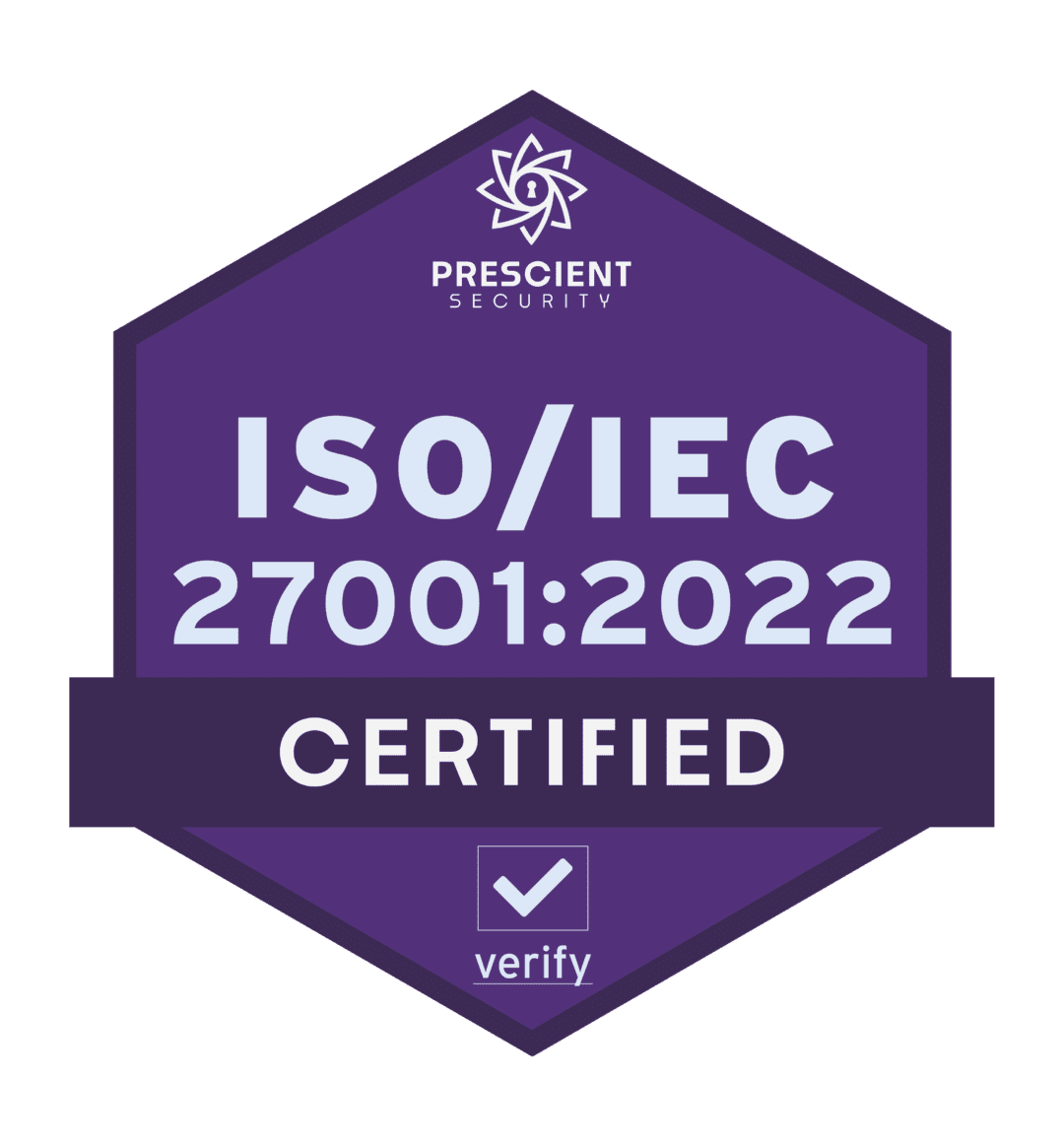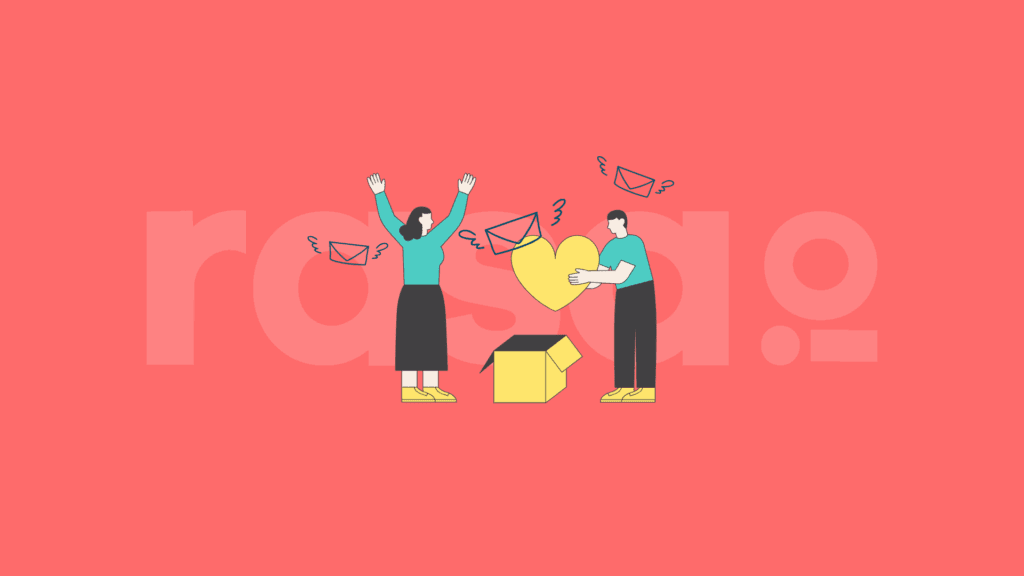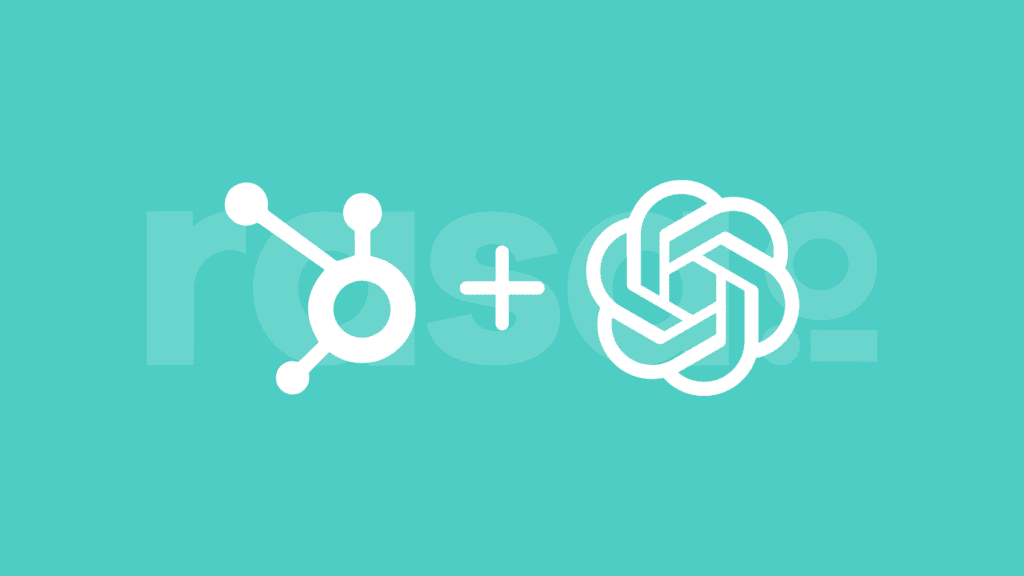English is the most spoken language in the world and being a universal language, it remains the linguistic common ground. According to recent statistics, about 1.5 billion people around the globe speak English.
However, there are still over 6.3 billion people who can’t speak/understand English and if your company fails to target them, you’ll risk losing a staggering audience. That’s why it’s critically important to address linguistic and cultural diversity to gain more subscribers and keep them active.
Thanks to the power of the internet, more and more businesses are now going global, which means their subscriber lists consist of individuals from different locations and ethnicities.
It makes it virtually impossible to manually create email lists for newsletters without any knowledge of local cultures and languages.
That’s where email newsletter localization comes into place. It allows you to adjust your email content to different cultural norms and languages and offer an exceptional subscriber experience.
Newsletter localization is tailoring and optimizing your newsletter campaigns to better suit certain regions that you operate in, making your efforts more personalized. This article would cover the benefits of this approach, along with the details of what the process of localization is like.
What is Email Newsletter Localization?
Newsletter localization is a process of adapting/optimizing content in your email campaigns in order to make it appropriate for your subscribers/readers located in a specific region, or even cities and states. Keep in mind that it isn’t only about translating your email newsletters but it also aims to overcome language and cultural barriers.
If you want your company’s local email newsletter to gain more subscribers and generate more conversions, then it should be:
- Relevant: The email newsletter is a part of your marketing strategy. So, it should offer something that readers can relate to and are interested in.
- Anticipated: Your newsletter should contain content/information that people from a certain area want to read.
- Timely: Another hallmark of email newsletter localization is that it must be timely. You need to gather enough information about your (potential/existing) subscribers to understand the type of content they need, depending on the stage of their customer journey.
- Personal: The newsletter must be directly related to each individual receiving it. Although it seems challenging to craft a personal newsletter for each individual on your email list, you can use a smart tool for this purpose, such as rasa.io.
Need help craft a personal newsletter for each individual on your emai list?
Discover how you can do that with rasa.io
Common Email Newsletter Localization Pitfalls to Avoid
The following are some of the most common localization pitfalls that you must avoid.
🌐 Not Prioritizing Localization
Arguably, one of the biggest mistakes that many businesses make is not prioritizing email newsletter localization. For example, most marketers wouldn’t publish a blog post in a certain country without ensuring that the text and images they’ve used are culturally appropriate.
However, they won’t think twice while creating and sending an email newsletter that isn’t localized properly. The most common reason why this mistake takes place is the sheer number of emails a business needs to send.
That’s why it’s important to use online tools that allow you to localize your email campaigns quickly and easily. Regardless of the tool you use, make sure that you don’t activate a newsletter campaign, which isn’t localized.
☝️ Using English as the Only Language
It can be tempting to forward the English version of your email newsletter to the translator and consider the job done. However, it’s important to note that many important details can be lost in translation.
Plus, translating something without paying attention to the nuances in word meanings can be counterproductive. That’s because the translated version can have sentences that send out wrong signals.
Therefore, the translation of your newsletter should be carried out in a culturally appropriate manner to make sure that the translated version doesn’t contain anything awkward, or something that can hurt cultural sensitivities.
💭 Not Thinking Beyond Language
Keep in mind that translating your newsletter into a certain language, after considering the nuances in word meanings, might still not be enough. For example, if you translate the English version of your newsletter into Castilian Spanish and send it to a person in Madrid, it’ll sound good.
However, if you use the same translated version for one of your subscribers running a business in Barcelona, they might find it offensive. That’s because people in Barcelona use the Catalan version of Spanish.
So, you must pay attention to the regional and cultural differences of different areas, which can go beyond language.
Process of Email Newsletter Localization: What to Localize
If you’re planning to localize and personalize your email newsletter in order to make long-lasting and fruitful connections with your recipients, consider using the following tips.
Identify Your Target Audience and Select Content Wisely
If you’re an experienced marketer, you would already know that the first step to take while planning your publication is to choose your target audience. Whether it’s a big city or a small town, you’d want to write for people:
- Who are currently living in that area, or nearby but are interested in your content
- Who have lived in that area in the past but still hold ties to the locale
- Who are planning to move to that area
You would also want to monitor your competitors working in that area to choose your audience smartly. It’ll also help you identify the weaknesses of the competitors and offer content in your newsletter that sets you in a better position in that market.
If you’re targeting an area across the border, we recommend you use a VPN service to change your location in order to monitor your competitors. It’ll allow you to analyze the local versions of their sites and access areas and resources with regional restrictions.
Once you have identified your local target audience, the next step is to select content for your newsletter that solves local problems. Additionally, it should also be enjoyable and useful from the local perspective.
Localize Email Features
Here’s a list of email newsletter elements that you can adjust for different locales.
📫 Subject Line
One of the most critical parts of every email is its subject line and it defines the overall success of your campaign. According to studies, 64% of the recipients open an email based on the subject line’s quality.
The subject line of your email newsletter must be relevant and it should also contain the name of the recipient. Adding the name of the recipient in the subject line can increase the click-through rate by 17.3% for B2B companies.
📞 CTAs
Another important element of a newsletter is CTA (Call to Action) and it must be localized. If you send an email newsletter, written in English, to a person who can’t read English, you won’t be able to convince them to click on the CTA, even if you write the most convincing newsletter.
The length of the CTA is another important factor to keep in mind. When you translate something from English to some other language, it can become longer.
If you don’t address this problem, it’ll result in a window layout change, a different button size, no line breaks, and/or truncation. You need to keep this in mind, especially when you’re dealing with double-byte languages*, such as Korean, Japanese, and Chinese.
*A double-byte language has characters twice as wide as English alphabets.
🫲 RTL and LTR Difference
While most languages are written from left to right, some languages, such as Arabic, Hebrew, and Urdu, follow right-to-left writing styles. While localizing your email newsletter, you’ll need to manage this difference to offer a personalized reading experience to your subscribers.
Not only is it important to consider the text but you’ll also need to make sure that each element of your translated newsletter mirrors its counterpart, created in the original one.
Aesthetics
Here are the elements of a newsletter related to aesthetics that you need to consider to create an impactful localized email campaign.

🎨 Color
It’s important to note that cultures perceive different colors differently. For example, red is considered a sign of danger in Western culture but it’s the color that Chinese people use for celebration, joy, and happiness.
Color psychology can play an important role in influencing the decisions people make. That’s why you need to understand what each color in your newsletter means in the area you’re targeting. For example, if you’re targeting people in the Middle East, you don’t want to use orange for your CTA button because people in this region associate orange with loss and mourning.
Even if you decide to go for a minimal and sleek look using black or white, keep in mind that while in Western Europe and North America, these colors are associated with cleanliness and formality, in some regions black and white are the color of mourning, mystery, and death.
🖼️ Visuals
Visuals can transform your newsletters and make them more engaging and easier on the eyes. However, you’ll need to pay attention to the cultural values of a certain area while adding visuals to your newsletter.
While certain visuals you choose for your B2B email campaigns would go well for businesses and customers located in the USA, the same images could be considered inappropriate by more conservative regions, like the Middle East for example.
Additionally, you don’t want to add photos of a beach to your newsletter that you want to share with people living in landlocked countries.
The idea is to be mindful and avoid using imagery that won’t generate any response or instigates a negative signal in people of a specific region.
Timing
As mentioned above, timing is one of the most important parts of your localized email newsletter. You need to prioritize the time zone to make sure that all your subscribers receive emails on time.
Let’s suppose, you have a B2B business in the United States, and you want to address a chunk of your target audience, running small businesses in Sydney, Australia.
If you send them email newsletters with a special offer as soon as Thanksgiving starts, according to your time zone, it’ll already be 5:00 PM in Sydney. So, it’ll be no less than a marketing failure.
Something similar happened when La Tasca offered 40% off all day Sunday, but one of their customers received the email at 10:39 PM (on Sunday).

Local Laws About Email Newsletter
Most laws throughout the world require you to explain everything about your data collection/processing activities and policies to the customers. The safest approach is to localize your email newsletters in accordance with the most stringent legal requirements.
Here’s a list of a few places with different regulations governing email laws that might be helpful for you.
- USA: CAN-SPAM Act
- Canada: CASL ACT
- UK: Data Protection Act
- EU: Directive on Privacy and Electronic Communication
- Australia: Span Act of 2003
- Spain: Spanish Act on the Information Society Services and eCommerce
- Netherlands: Dutch Telecommunication Act
- Germany: Federal Data Protection Act, Telemedia Act, Act Against Unfair Competition
- France: Article L. 43-5 Code of Postal and Electronic Communications
Benefits of Email Newsletter Localization
Localization and personalization of email newsletters come with a wide range of benefits, including the following.
🏰 Mitigate the Barrier to Entry
There are several barriers that you can face while trying to enter a new market, including a lack of brand and product/service awareness, tight competition, scarcity of means to deliver goods, and/or government monopoly.
Localizing your emails makes the market adaptation easy and allows your company to connect to locals in a more personalized and language-appropriate manner.
✅ Improve Click Through Rate
As discussed already, if you localize the subject lines of your email newsletters based on a certain area and include the name of the recipient, it’ll increase your overall click-through rate.
It’ll allow the reader to understand the newsletter’s intent and anticipate that what they’ll find in the newsletter could be useful and address their pain points.
⭐️ Enhance User Experience
Arguably the biggest benefit of localization is that it improves customer experience. It helps you tailor newsletters, by optimizing content based on local cultural values, colors, habits, slang, and even religion, that better fit the intended market.
📈 Increase Brand Awareness
Email newsletter localization helps you connect to the target audience of a specific region on a deeper level and personifies your brand. It allows you to integrate the local culture into your company’s active storytelling and brand’s message and become an expression of that culture.
Not only does it increase brand awareness but it also improves your company’s credibility, thanks to personalized user experience. However, you’ll need to keep your subscribers happy to maintain your brand’s reputation and customer retention in the long run.
⬆️ Increase Conversions
The end goal of each business, whether it’s B2B or B2C, is to close more deals and increase revenue. Localization of your newsletter allows you to effectively explain everything your subscribers and potential customers need to understand why your product/service is the right choice for them.
It helps them better understand how your product/service works, and how they can make the most out of it.
Final Words
The Internet has made it easier than ever to reach a global audience but you need to utilize the power of localization to make the most out of your efforts.
For effective email newsletter localization, you need to consider the culture, values, and laws of a specific region. It’s also important to pay attention to the nuanced translation of your newsletters so that it doesn’t send out wrong signals.
We hope this guide will help you create fully optimized newsletters that perfectly fit the intended market based on its local language and cultural norms.












